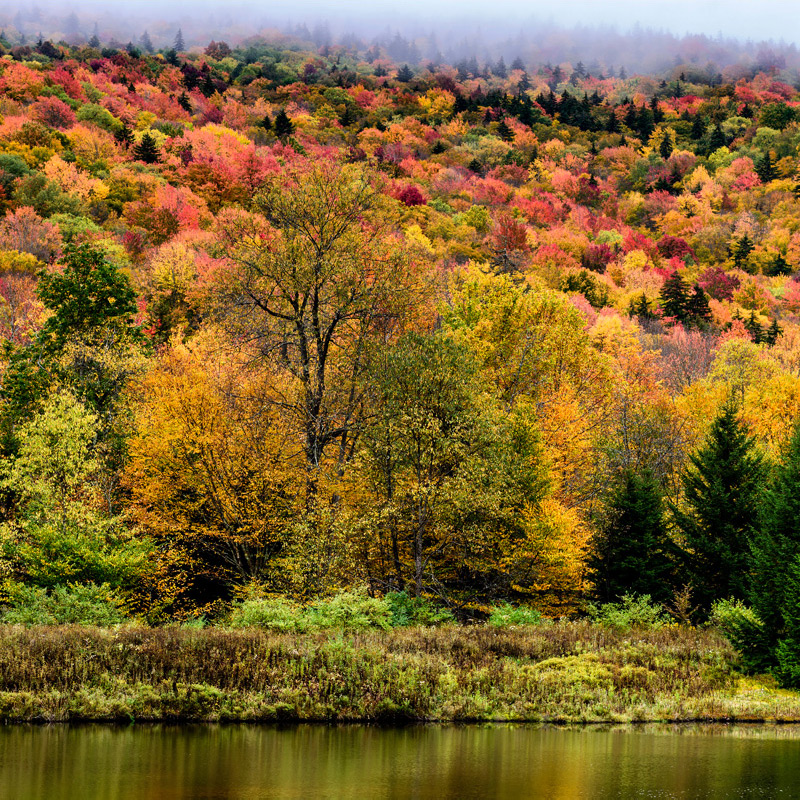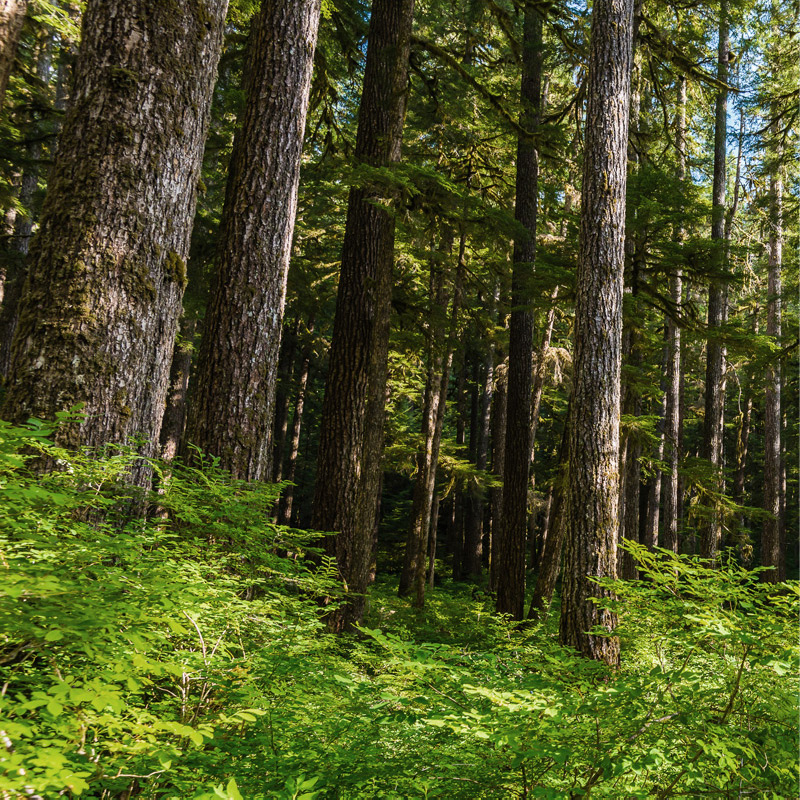
Forests — both managed and protected — have the potential to be powerful climate solutions. To keep global warming under 1.5 degrees Celsius, we need to protect intact forests, restore degraded forests, plant new forests and improve the ways that working forests are managed, according to the Intergovernmental Panel on Climate Change.
In working forests, climate-smart forestry increases ecological resilience in the face of climate change and sequesters and stores more carbon over time compared to conventional practices.
The net effect of climate-smart forestry is to reduce greenhouse gas concentrations in the atmosphere and enhance the health of forests and the multiple values they deliver.
Climate-smart forestry also addresses issues of equity and climate justice, improving community well-being and respecting the rights of Indigenous Peoples.
There is a spectrum of forest management from more to less climate smart, not an either-or distinction. Climate-smart forestry generally entails ongoing improvements over conventional practices without a fixed end point, as understanding of climate adaptation and forest dynamics evolves. It also involves achieving additional climate benefits beyond minimum regulatory requirements.
The Climate Smart Wood Group has developed a working definition of climate-smart forestry that can be downloaded below. We welcome your comments.


Climate-smart forestry promotes a wide array of services and goods, including community well-being, local economic vitality, watershed protection, biodiversity, and production of wood and fiber.
The following practices are often associated with climate-smart forestry:
From goal-setting to procurement, the Climate Smart Wood Group can support your project. For more information contact the Climate Smart Wood Group at info@climatesmartwood.net.
©2025 Climate Smart Wood Group. All rights reserved. Privacy Policy
